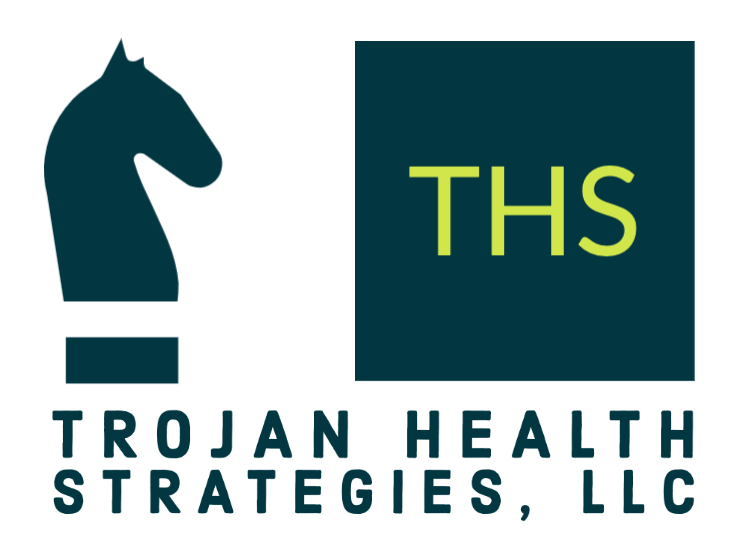Web 3.0 and Well-Being: Changing The Model For Engagement (Part 2)
A journey into the Somnium Space metaverse
The pandemic acted as the foot on the proverbial gas for the eventual adoption of Web 3.0 It also had an incredibly challenging impact on how we think about health. Not only did it reveal the limits of scientific information and education in changing behavior, but it also generated an incredible need for mental health and social support, and identified opportunities to observe who could be an influencer. The gained popularity of the metaverse ecosystems provides an opportunity to design experiences to address some of these challenges. I think there is a real opportunity to leverage the metaverse to:
Drive the adoption of new health behaviors: Web 3.0 is well suited for some behavior change objectives. A well-executed immersive and social experience can help a user practice a skill or an action that can increase the likelihood of a change in behavior. The underlying blockchain will keep a record of any incentives they receive for performing that behavior in the form of either fungible or non-fungible tokens, or cryptocurrency. The immersive, gamified nature of the practice may start to create learning pathways that improve the likelihood of performing that behavior in the future.
Create spaces to discuss sensitive health topics: The prospect of anonymity by using an interoperable avatar generated through something like http://readyplayer.me, might encourage someone to seek information that they may have otherwise avoided due to embarrassment. An example is talking about sexual function after various prostate cancer treatment modalities. An individual presenting with another identity may be able to ask specific questions without judgment.
Improve patient experience: Some people of color avoid physicians because the experience is degrading. As many as 54% of African American patients believe they don’t get the same level of care as their White counterparts in an October 2020 KFF.org study. Similar to telehealth, an immersive experience can connect patient and provider, and provide unique engagement and educational experiences.
Create better access to providers: It might be cost-prohibitive to access an expert provider that might reside in another part of the world. The experience of a remote session with a provider can not only create a closer relationship, but it can provide better access to geographies experiencing provider shortages. (HRSA)
Allow for trusted spaces for more patients. Non-Fungible Tokens can provide access or be used to reward the most engaged community members. They can also be sold to raise money to drive research for an understudied condition, or express notes of solidarity for either on the avatar or in a digital environment.
Collect more patient feedback and input: Marketers and designers, if granted access to these communities, could engage in research and co-creation and compensate participants in tokens, not unlike the Brave browser, which incentivizes users to view ads.
Improve health and fitness. There are currently many fun and engaging fitness experiences that are designed for Web 3.0.
Obviously, there are regulatory and liability limitations that prevent some companies from moving in this direction full throttle. Further, Web 3.0 and its associated technologies are extremely complex. Designers and creators utilizing these approaches will need to design for those that may have lower digital literacy. There is no need to consider this an insurmountable task—some metaverse platforms offer more access, allowing participants to engage from both a virtual reality device, the web, and a mobile phone. Hopefully, some of the ways presented here will inspire new thinking about how Web 3.0 technologies could help make life better for more patients. Trying to work through a few ideas for your therapeutic area, brand, or product? Book an advisory call and let’s chat!
Check out Part 1 here.

